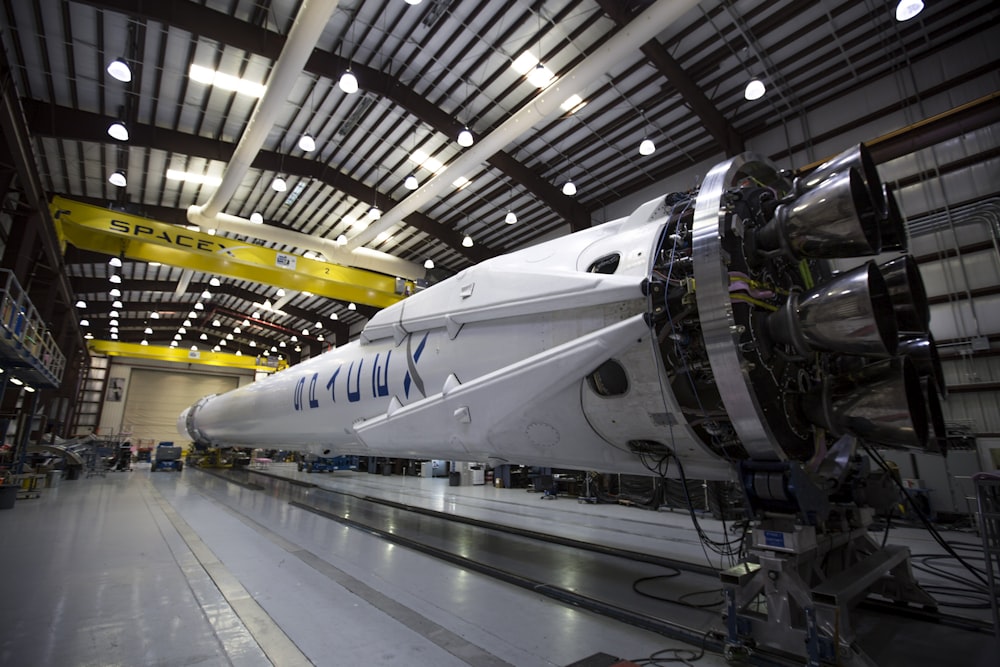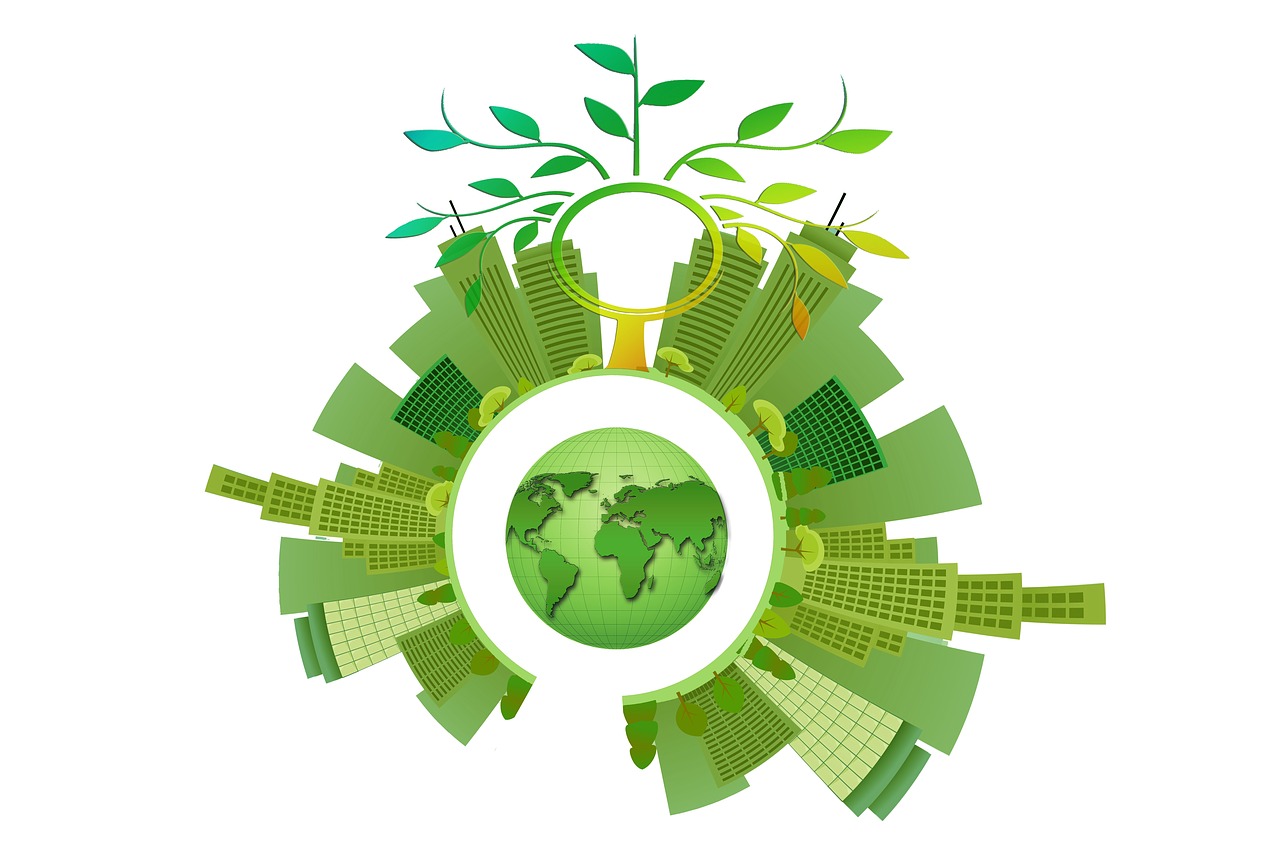In today's world, where environmental concerns are at the forefront of discussions, sustainable practices have become crucial in various industries. One such area that has gained significant attention is packaging and labeling. As businesses strive to reduce their carbon footprint and embrace eco-friendly alternatives, sustainable packaging and labeling have emerged as essential components of responsible product delivery.
Embracing Sustainability in Packaging and Labeling
As the world recognizes the urgency of addressing climate change and reducing waste, sustainable packaging and labeling have gained momentum across industries. This eco-conscious approach focuses on minimizing the environmental impact of packaging and ensuring the responsible sourcing, production, use, and disposal of materials. Sustainable packaging and labeling not only contribute to the preservation of the environment but also benefit businesses through enhanced brand reputation, customer loyalty, and cost savings.
What is Sustainable Packaging?
Definition and Principles of Sustainable Packaging
Sustainable packaging refers to the design and production of packaging materials that have minimal impact on the environment throughout their lifecycle. It involves considering the entire supply chain, from sourcing raw materials to end-of-life disposal. The principles of sustainable packaging include reducing waste, conserving resources, utilizing renewable materials, and promoting recyclability and reusability.
Importance of Sustainable Packaging
Sustainable packaging is vital in mitigating the environmental challenges posed by conventional packaging methods. It aims to minimize the use of non-renewable resources, reduce carbon emissions, and prevent pollution. By adopting sustainable packaging practices, businesses can contribute to a healthier planet while meeting consumer demands for environmentally friendly products.
Key Elements of Sustainable Packaging
To achieve sustainable packaging, several key elements need to be considered:
Material Selection and Sourcing
Choosing sustainable materials is paramount. Opting for renewable resources, such as bioplastics, recycled paper, or cardboard, reduces the reliance on fossil fuels and decreases the carbon footprint. Additionally, responsibly sourcing these materials ensures minimal harm to ecosystems and local communities.
Minimalism and Right-sizing
Reducing packaging size and eliminating unnecessary components not only minimizes waste but also lowers transportation costs and energy consumption. By adopting minimalistic designs and right-sizing packages, businesses can optimize space and resources without compromising product integrity.
Biodegradability and Compostability
Using biodegradable materials that break down naturally over time, such as compostable plastics or plant-based fibers, facilitates proper disposal and reduces landfill waste. Biodegradable packaging ensures a closed-loop system, where materials return to the environment without harming ecosystems.
Recyclability and Reusability
Designing packaging that is easily recyclable and incorporating recycled content helps conserve resources and reduce waste. By enabling consumers to recycle packaging materials or encouraging reusable alternatives, businesses actively participate in circular economy practices.
Innovations in Sustainable Packaging
Continuous research and development drive innovations in sustainable packaging. From edible packaging solutions to plant-based alternatives and biodegradable films, advancements in technology and material science open doors to even greener packaging options.
Sustainable Labeling: Beyond Packaging Materials
While sustainable packaging plays a vital role in reducing waste, sustainable labeling complements these efforts by focusing on the responsible use of labeling materials and the accurate conveyance of information.
Eco-friendly Labeling Materials
Using environmentally friendly materials for labels, such as recycled paper or soy-based inks, minimizes the ecological footprint associated with labeling. These alternatives reduce the use of harmful chemicals and ensure the recyclability of the labeling components.
Clear and Accurate Information
Sustainable labeling goes beyond the materials used and also emphasizes the clarity and accuracy of information provided to consumers. Clearly stating ingredients, certifications, and eco-friendly claims empowers customers to make informed choices and encourages transparency.
Use of Recycled Materials
Similar to sustainable packaging, incorporating recycled materials in labeling contributes to resource conservation and waste reduction. By utilizing recycled paper or plastic for labels, businesses actively participate in a circular economy and reduce the demand for virgin materials.
Digital Solutions for Labeling
Digital labeling solutions, such as QR codes or Near Field Communication (NFC) tags, provide an alternative to physical labels. These digital methods not only reduce the use of materials but also allow businesses to share extensive product information with consumers, further promoting sustainability and consumer engagement.
Benefits of Sustainable Packaging and Labeling
Implementing sustainable packaging and labeling practices yields numerous benefits for businesses and the environment.
Environmental Impact Reduction
By reducing waste, utilizing renewable resources, and promoting recyclability, sustainable packaging and labeling significantly minimize the environmental impact of product delivery. This leads to a reduced carbon footprint, decreased resource consumption, and less pollution.
Enhancing Brand Image and Reputation
In today's conscious consumer market, sustainable practices have become a significant driver of brand image and reputation. By prioritizing sustainability in packaging and labeling, businesses demonstrate their commitment to environmental stewardship, attracting eco-conscious customers and building brand loyalty.
Meeting Customer Expectations
Consumers increasingly expect businesses to adopt sustainable practices. Sustainable packaging and labeling fulfill these expectations by offering eco-friendly alternatives that align with customers' values. Meeting these demands enhances customer satisfaction and fosters long-term relationships.
Regulatory Compliance and Cost Savings
Sustainable packaging and labeling often align with governmental regulations and industry standards. By adhering to these requirements, businesses ensure compliance while also benefiting from potential cost savings, such as reduced waste management fees or optimized logistics.
Implementing Sustainable Packaging and Labeling
To integrate sustainable packaging and labeling practices, businesses can follow several steps:
Assessing Current Packaging and Labeling Practices
Analyzing existing packaging and labeling processes helps identify areas for improvement. By understanding the environmental impact of current practices, businesses can set specific goals and develop strategies for sustainable transformations.
Collaborating with Suppliers and Partners
Engaging suppliers and partners is crucial in the transition to sustainable packaging and labeling. By aligning sustainability goals throughout the supply chain, businesses can ensure consistent implementation and establish mutually beneficial partnerships.
Investing in Research and Development
To stay at the forefront of sustainable practices, businesses should allocate resources to research and development. By exploring innovative materials, designs, and technologies, they can continuously improve their packaging and labeling solutions and maintain a competitive edge.
Communicating Sustainability Efforts
Transparency and communication are essential in showcasing sustainability efforts to consumers. By clearly conveying the steps taken to adopt sustainable packaging and labeling, businesses can build trust, educate customers, and inspire broader environmental awareness.
Case Studies: Leading Examples of Sustainable Packaging
To inspire businesses seeking sustainable packaging and labeling solutions, let's explore two noteworthy case studies:
Company A: Implementing Innovative Biodegradable Packaging
Company A, a leading cosmetic brand, has embraced sustainability by introducing biodegradable packaging for their products. By utilizing compostable materials derived from plant fibers, they have reduced their ecological footprint while maintaining product integrity. This innovation has garnered positive customer feedback and positioned Company A as an industry pioneer in sustainable packaging.
Company B: Utilizing Recycled Materials for Labels
Company B, a global beverage manufacturer, has implemented a sustainable labeling strategy by incorporating labels made from recycled plastic. This initiative significantly reduces the demand for virgin plastic while ensuring clear and accurate information for consumers. Company B's commitment to sustainability has resulted in increased consumer trust and loyalty.
Overcoming Challenges in Sustainable Packaging and Labeling
Although sustainable packaging and labeling offer numerous benefits, businesses may face certain challenges during implementation.
Cost Considerations
Adopting sustainable packaging and labeling practices may involve initial investments and higher production costs. However, businesses can mitigate these challenges by considering long-term benefits, such as cost savings through optimized resource management and enhanced brand value.
Technological Limitations
Technological limitations may hinder the adoption of certain sustainable packaging and labeling solutions. However, ongoing research and development in the field offer promising advancements that will continue to address these limitations and provide greener alternatives.
Regulatory Complexities
Navigating through evolving regulations and industry standards can be challenging for businesses. Staying informed and actively engaging with regulatory bodies can help businesses ensure compliance and stay ahead of emerging requirements.
The Future of Sustainable Packaging and Labeling
The future of sustainable packaging and labeling holds tremendous potential for further advancements.
Emerging Technologies and Trends
Technological innovations, such as biodegradable materials, smart packaging, and intelligent labeling, will revolutionize the industry. The integration of Internet of Things (IoT) devices and blockchain technology may enhance traceability and transparency, providing consumers with valuable insights into a product's lifecycle.
Consumer Awareness and Demand
As consumers become increasingly environmentally conscious, the demand for sustainable packaging and labeling will continue to grow. Businesses that proactively embrace sustainability will not only meet these demands but also stay ahead of the competition and establish themselves as industry leaders.
Sustainable packaging and labeling represent a crucial step towards a greener future. By adopting eco-friendly materials, optimizing packaging designs, and ensuring clear and accurate labeling, businesses can minimize their environmental impact while reaping various benefits. Embracing sustainable practices in packaging and labeling is not only responsible but also essential for building a better world for future generations.










 English (US) ·
English (US) ·